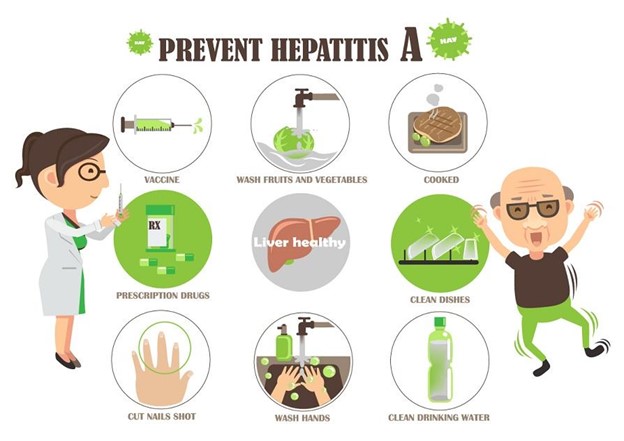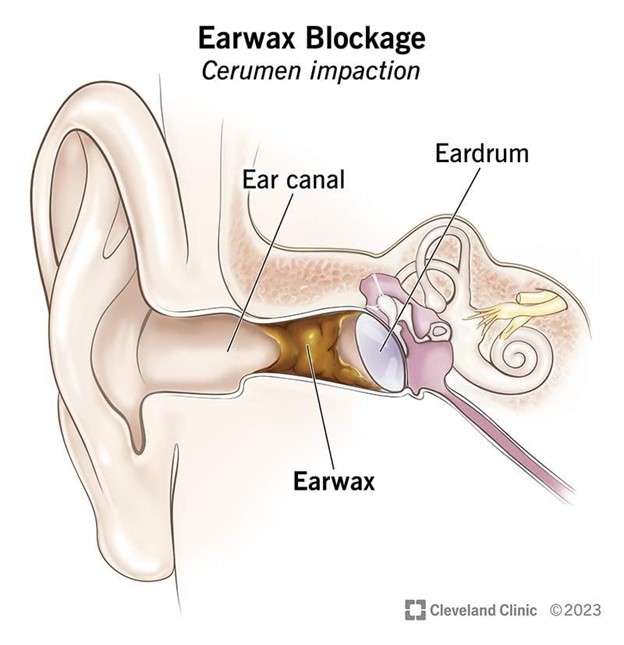A nurse is contributing to a teaching plan about the prevention of hepatitis A. The nurse should include which of the following activities can spread hepatitis A?
Sharing personal hygiene items like razors
Unprotected sexual activity
Eating uncooked foods
Getting a tattoo
The Correct Answer is C
Choice A Reason: Sharing personal hygiene items like razors is not a common way of spreading hepatitis A, but it may transmit hepatitis B or C, which are blood-borne infections.
Choice B Reason: Unprotected sexual activity is not a common way of spreading hepatitis A, but it may transmit hepatitis B or C, or other sexually transmitted infections.
Choice C Reason: Eating uncooked foods is a common way of spreading hepatitis A, as the virus can contaminate food or water that has been exposed to fecal matter from an infected person.
Choice D Reason: Getting a tattoo is not a common way of spreading hepatitis A, but it may transmit hepatitis B or C, or other blood-borne infections, if the equipment is not properly sterilized.

Nursing Test Bank
Naxlex Comprehensive Predictor Exams
Related Questions
Correct Answer is B
Explanation
Choice A Reason: The presence of edema in the external auditory canal is not a sign of cerumen impaction, but it may indicate other conditions such as otitis externa or allergic reaction.
Choice B Reason: A yellowish or brownish waxy material in the external auditory canal is a sign of cerumen impaction, as it shows that there is excess or hardened earwax that blocks the ear canal.
Choice C Reason: Redness and swelling of the tympanic membrane are not signs of cerumen impaction, but they may indicate other conditions such as otitis media or trauma.
Choice D Reason: An external auditory canal that is longer than normal is not a sign of cerumen impaction, but it may be a normal variation or a result of aging.

Correct Answer is C
Explanation
Choice A Reason: Fatigue is not the priority finding for a client who has a low platelet count, as it may indicate other conditions such as anemia, infection, or depression.
Choice B Reason: Anorexia is not the priority finding for a client who has a low platelet count, as it may indicate other conditions such as nausea, pain, or anxiety.
Choice C Reason: Bleeding is the priority finding for a client who has a low platelet count, as it indicates that the client is at risk of hemorrhage and shock due to impaired blood clotting.
Choice D Reason: Fever is not the priority finding for a client who has a low platelet count, but it may indicate an infection that requires prompt treatment.
Whether you are a student looking to ace your exams or a practicing nurse seeking to enhance your expertise , our nursing education contents will empower you with the confidence and competence to make a difference in the lives of patients and become a respected leader in the healthcare field.
Visit Naxlex, invest in your future and unlock endless possibilities with our unparalleled nursing education contents today
Report Wrong Answer on the Current Question
Do you disagree with the answer? If yes, what is your expected answer? Explain.
Kindly be descriptive with the issue you are facing.
